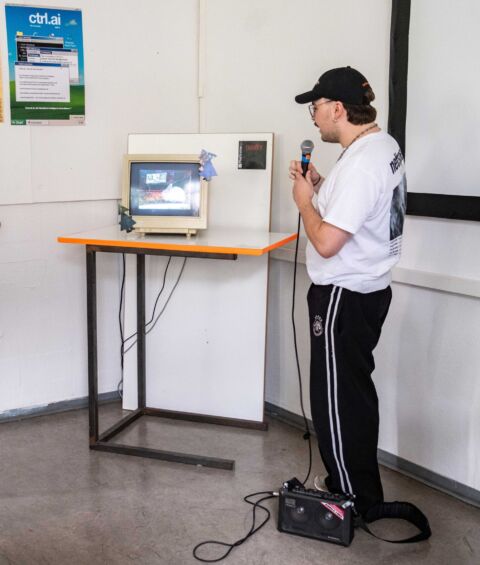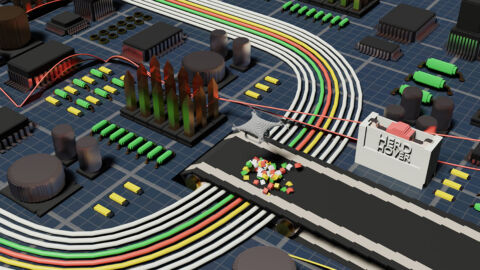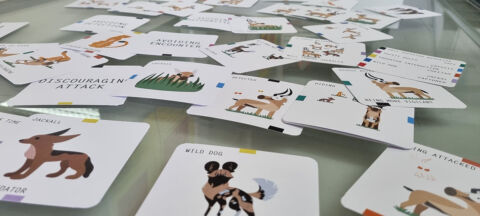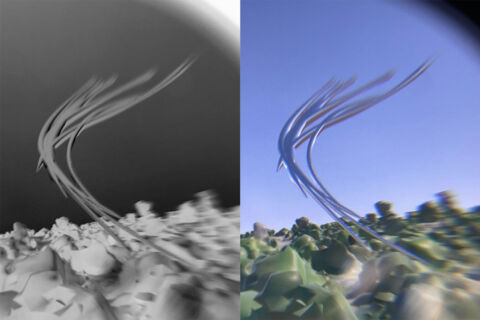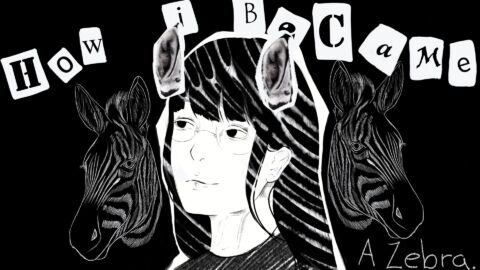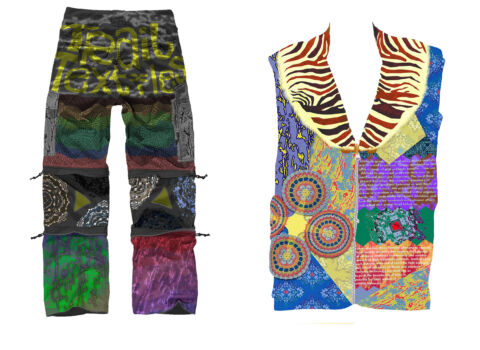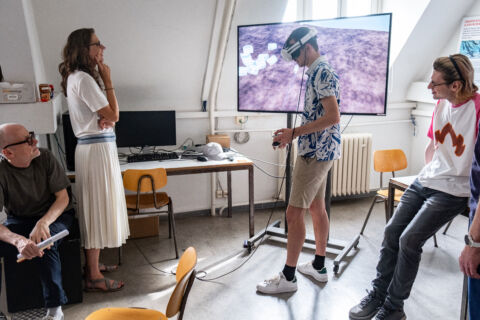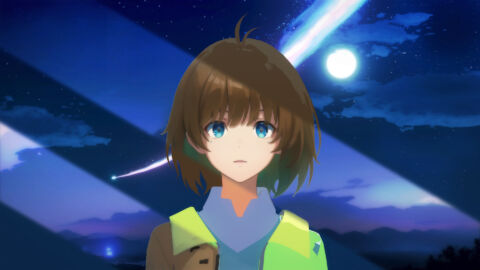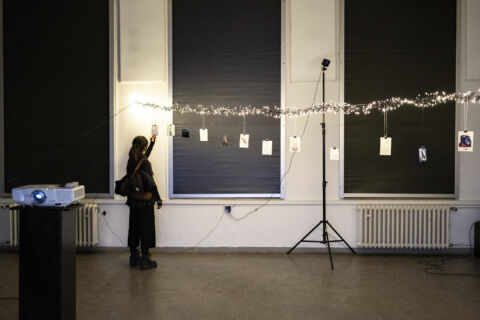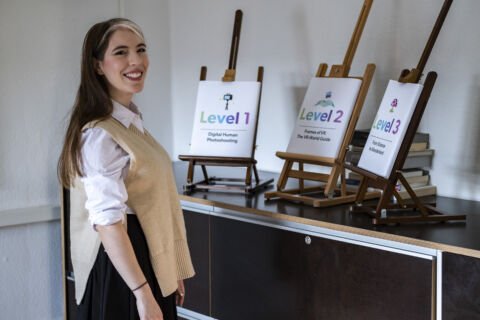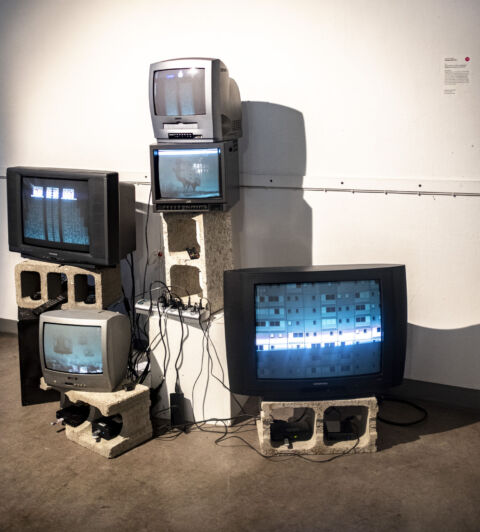In collaboration with the Max-Planck-Institute of Animal Behaviour (MPI-AB) and the Centre for Advanced Study of Collective Behaviour (CASCB) at the University of Konstanz, students worked on individual art and design projects around the Herd Hover Project, led by scientist Dr. Blair Costelloe, who gave us access to all the resources of the project and who supported us during the whole design process with profound knowledge and refreshing creativity and critique.
